
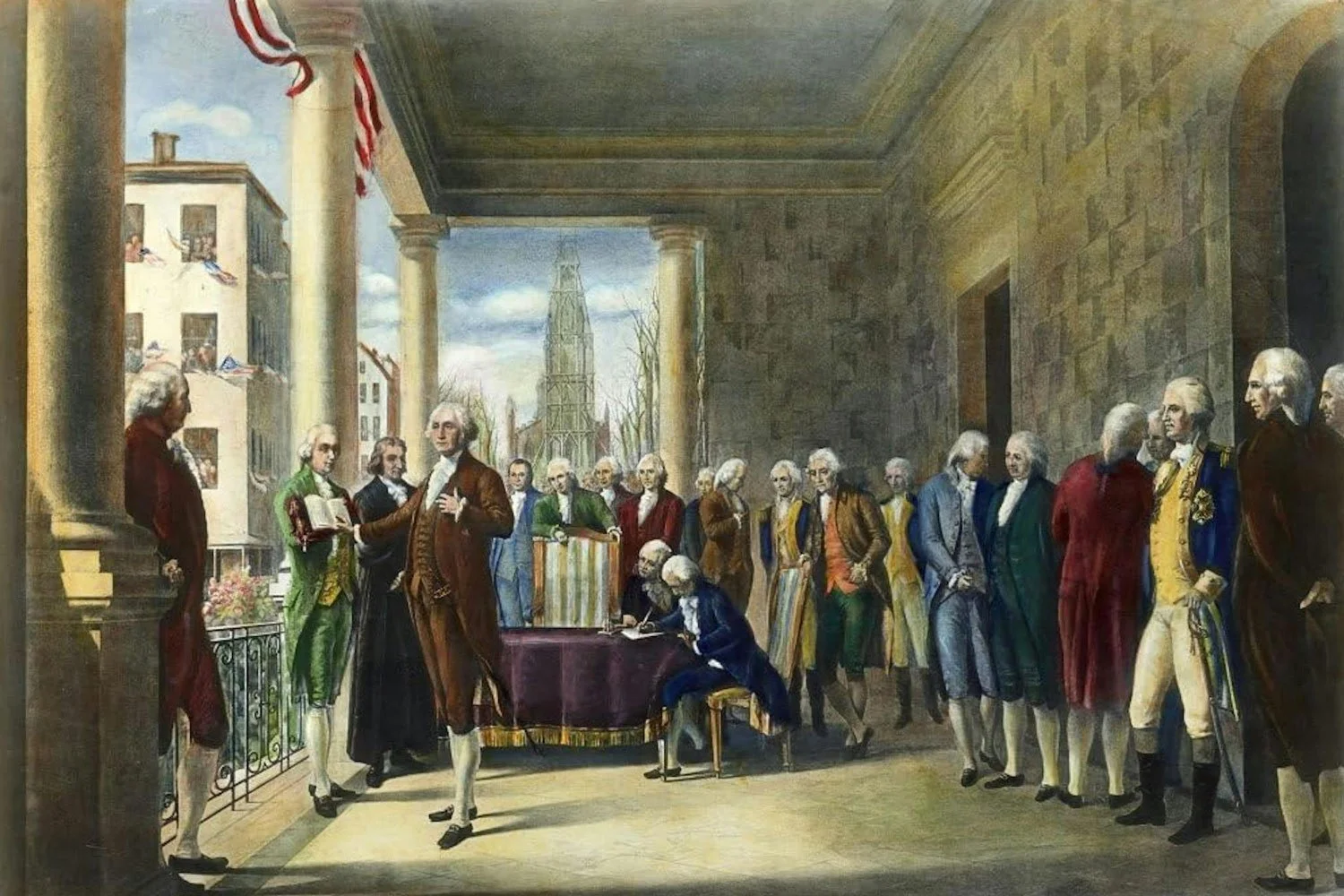
Road to War, Part 7: Madison Changes Sides
On March 4, 1789, the Constitutional government, largely the creation of James Madison’s fertile mind, took effect. Naturally, Madison was there at the start to help President George Washington implement and execute this new government. But within a matter of just a few years, Madison would be opposed to the new administration that he helped bring to power as he saw the federal government going in a direction he had not envisioned. Madison’s about face, arguably the greatest political transformation by a national figure in American history, came about largely because of differing ideas regarding what the new government should look like.

Road to War, Part 6: James Madison, Father of the Constitution
In the summer of 1787, leaders from across the United States gathered in Philadelphia for the stated purpose of fixing flaws in the Articles of Confederation. But in the minds of nationalists like James Madison, fixing issues with the Articles was not the answer. What was needed was an entirely new form of government that could allow the fledgling nation to grow. This convention, known at the time as the Philadelphia or Federal Convention, was largely organized by Madison and Alexander Hamilton and the government created at that gathering bore Madison’s indelible stamp.

Road to War, Part 5: James Madison Embraces the American Cause
When James Madison graduated from the College of New Jersey in 1771, he was a man in search of a vocation. Madison had enjoyed studying law but did not want to become a lawyer; he had grown up on a plantation but had no desire to become a farmer and detested the slave culture inherent on a southern plantation. Fortunately, his family’s money and support allowed him time to figure it all out. Ultimately, Madison realized that his true calling was the American cause, and, to that end, James Madison devoted the remainder of his life.

Road to War, Part 4: The Early Life of James Madison
James Madison was one of our nation’s most important Founding Fathers and played a critical role in shaping the United States. Known to history as the Father of the Constitution, Madison was not a dynamic leader of men but was perhaps the most useful subordinate of our Founding Fathers.
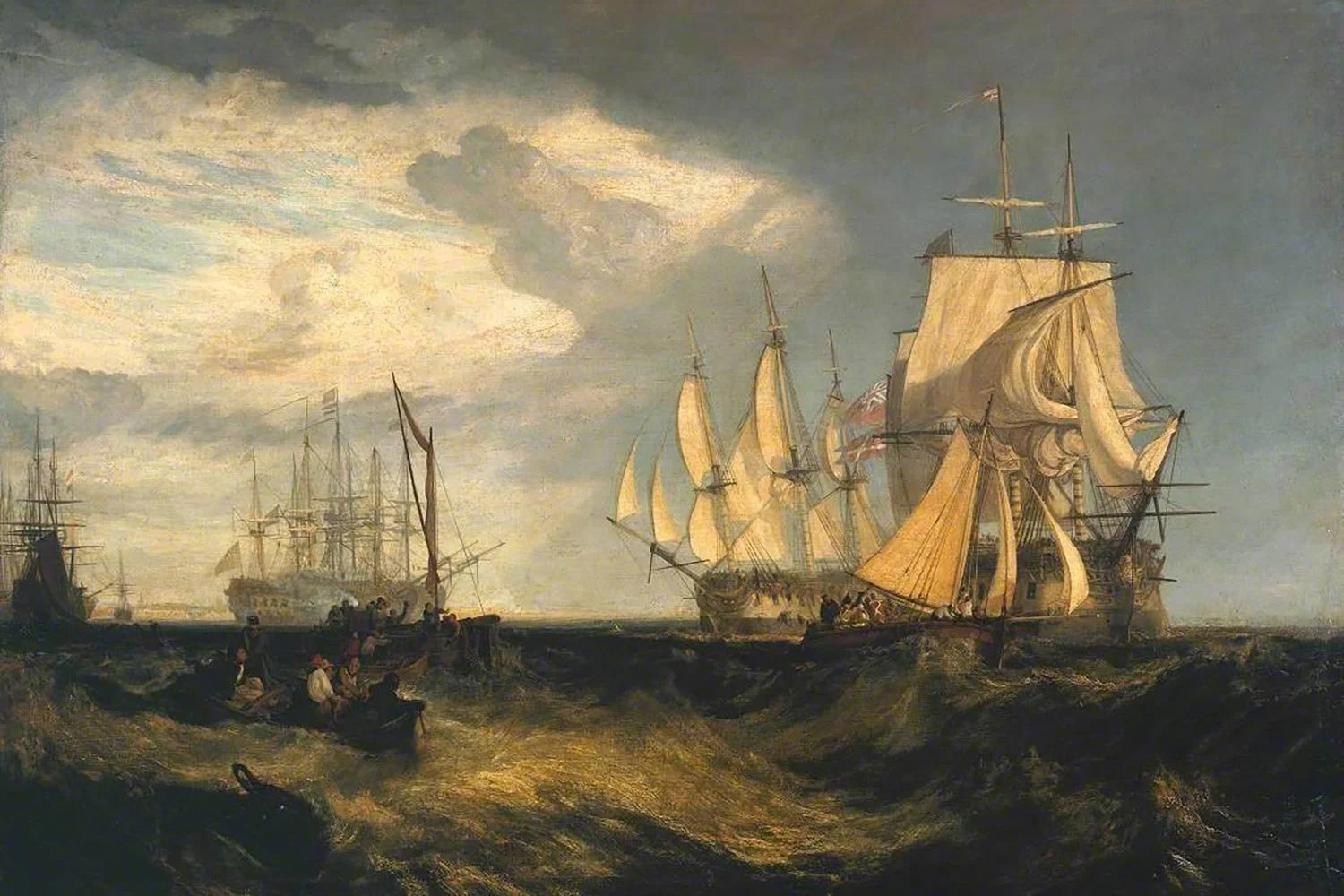
Road to War, Part 3: President Jefferson Declares Economic War
When the Democratic-Republicans came to power in the election of 1800, the Jefferson administration effectively shut down and disbanded both the United States Army and Navy. As a result, when American merchant ships were abused and seized as contraband of war on the high seas and in British and French ports during the Napoleonic wars, the United States was helpless to respond.
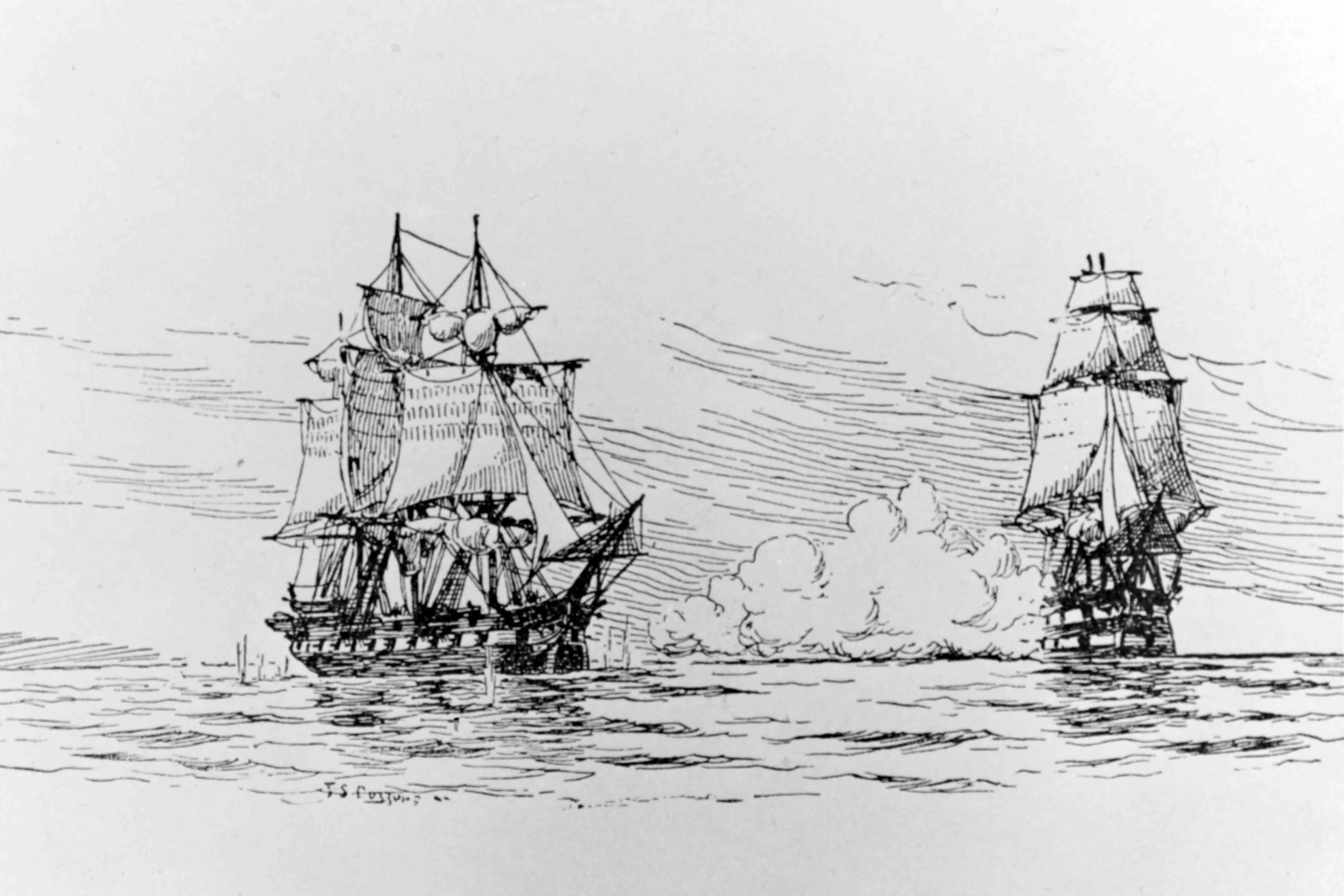
Road to War, Part 2: The Chesapeake-Leopard Affair
One of the most prominent grievances that led the United States to declare war on Great Britain in 1812 was the impressment of sailors serving on American merchant ships by the Royal Navy. Although this practice continued until after the Napoleonic wars ended in 1815, it truly reached its ugly climax in the summer of 1807 with the infamous Chesapeake-Leopard affair, a naval encounter that brought the two countries to the brink of war.

Road to War, Part 1: The Causes of the War of 1812
Many people have called the War of 1812 the “second American Revolution,” and while that phrase has some merit, the facts do not fully support the assertion. It is true that in both cases America’s enemy was Great Britain and the main catalyst that took us to war was American animosity resulting from perceived British wrongs, but the similarities essentially end there.

American Judiciary, Part 11: The Legacy of John Marshall
The first few decades of the 19th century were an exciting time for the American judiciary, at least as exciting as anything involving attorneys and judges can be. From the time Thomas Jefferson was sworn in as President on March 4, 1801, through the presidency of Andrew Jackson, there was a tremendous antagonism between the populist Executive branch and the Supreme Court, the last bastion of Federalism. This unprecedented tension between the Executive and the Judiciary made for frequent and intense conflicts, arguably more frequent and more intense than during any other period in our country’s history.
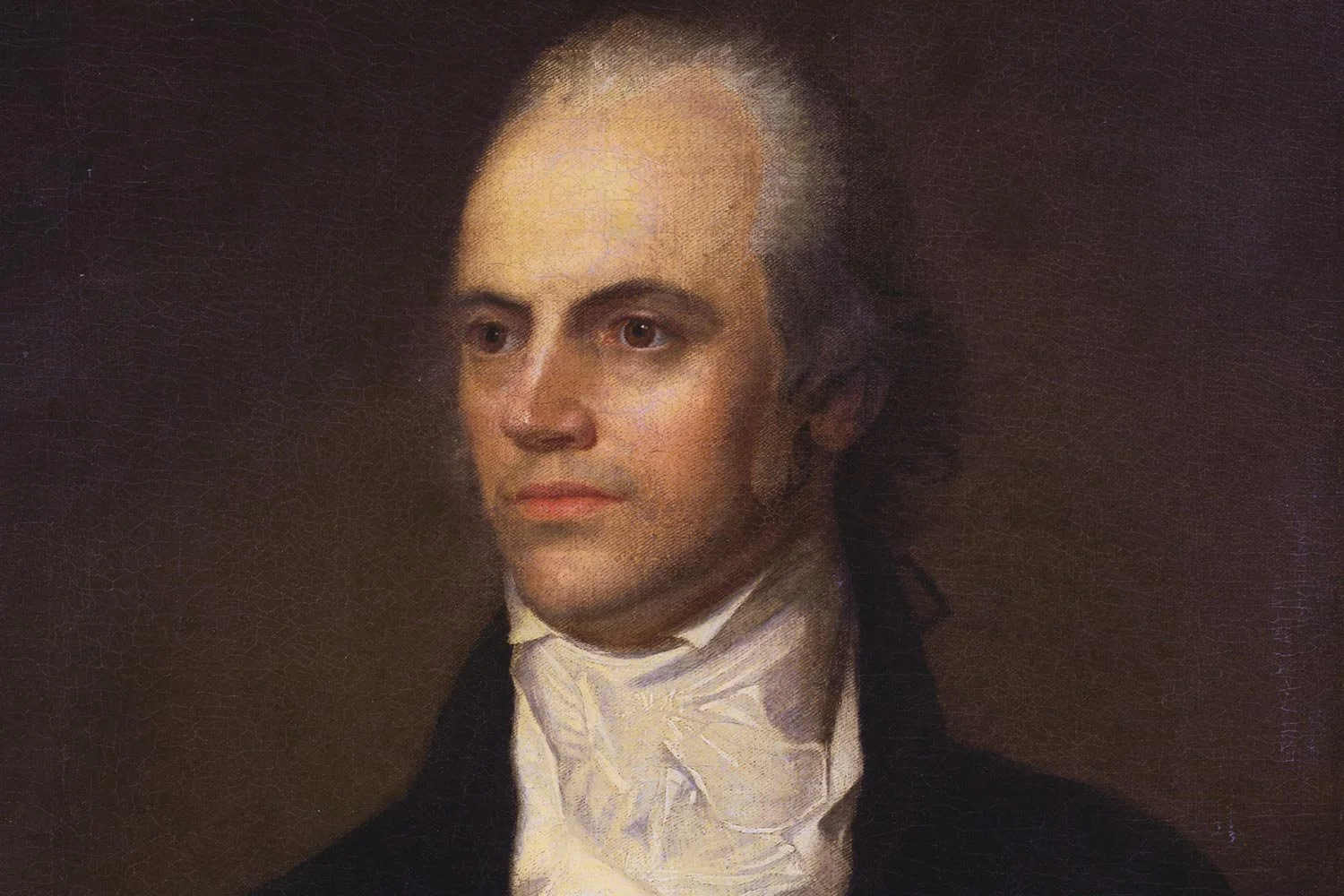
American Judiciary, Part 10: The Treason Trial of Aaron Burr
Aaron Burr's grand scheme to create his own country, possibly in Mexico or from United States territory, began to collapse late in 1806, practically before it ever got started. This empire in the sky built largely in Burr’s fertile mind was swiftly coming to an end.

American Judiciary, Part 9: The Burr Conspiracy
Aaron Burr was one of the most talented of our founding fathers, a Lieutenant Colonel in the Continental Army, an accomplished attorney in New York, a United States Senator, and the third Vice President. But Burr also happens to be the only sitting or former President or Vice President ever tried for treason in arguably the most important criminal trial in American history.
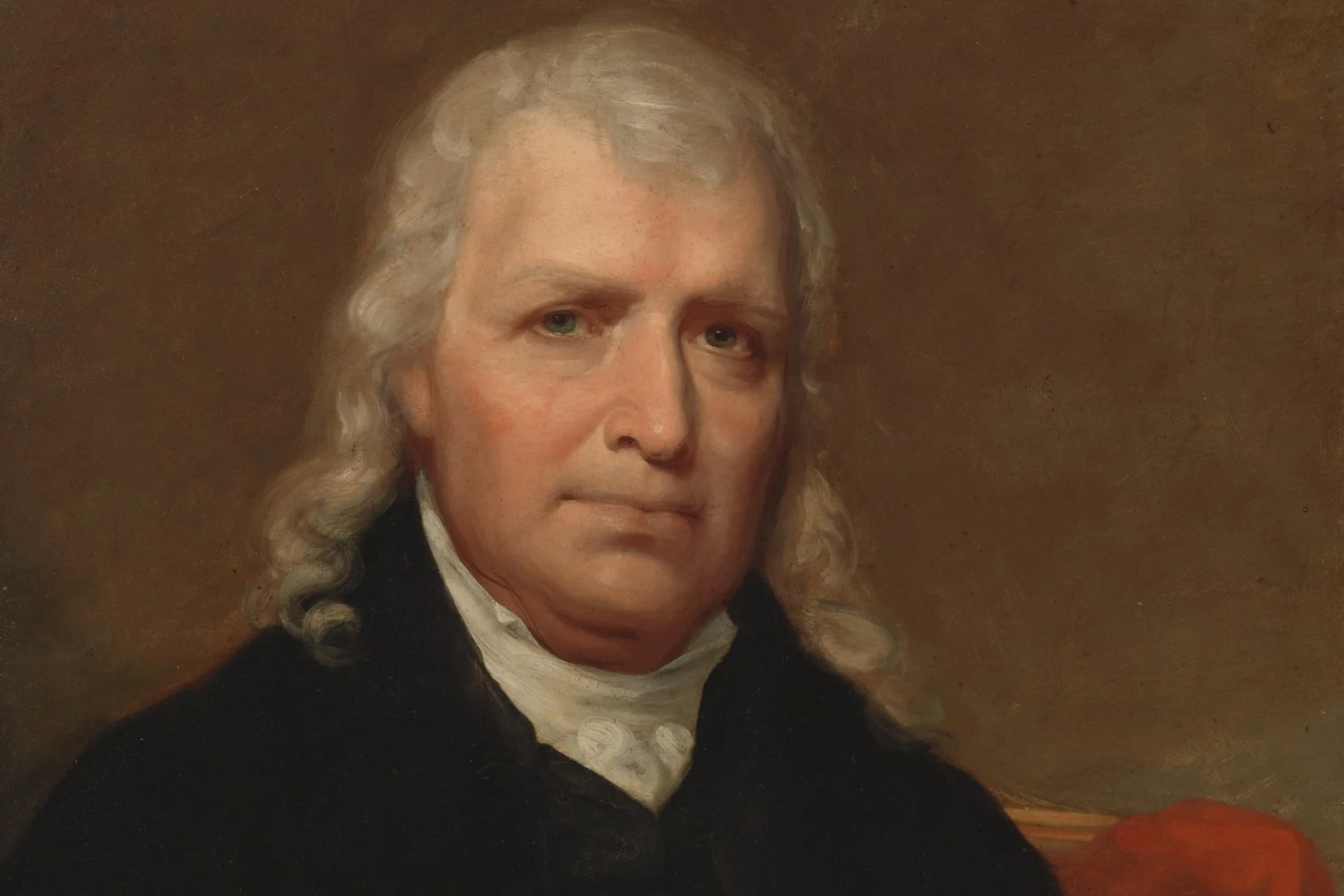
American Judiciary, Part 8: The Impeachment of Samuel Chase
There has been only one instance in our nation’s history of a United States Supreme Court Justice being impeached, and that occurred in 1804 during a significant political tussle over the independence and power of the judiciary. The justice in question was Samuel Chase and his alleged crimes seem trivial in retrospect, but Chase was simply a pawn in an ongoing battle of wills between two American icons, President Thomas Jefferson and Chief Justice John Marshall that took place in the early 1800s. And the decision reached in his case would have a profound impact on the future of the country.
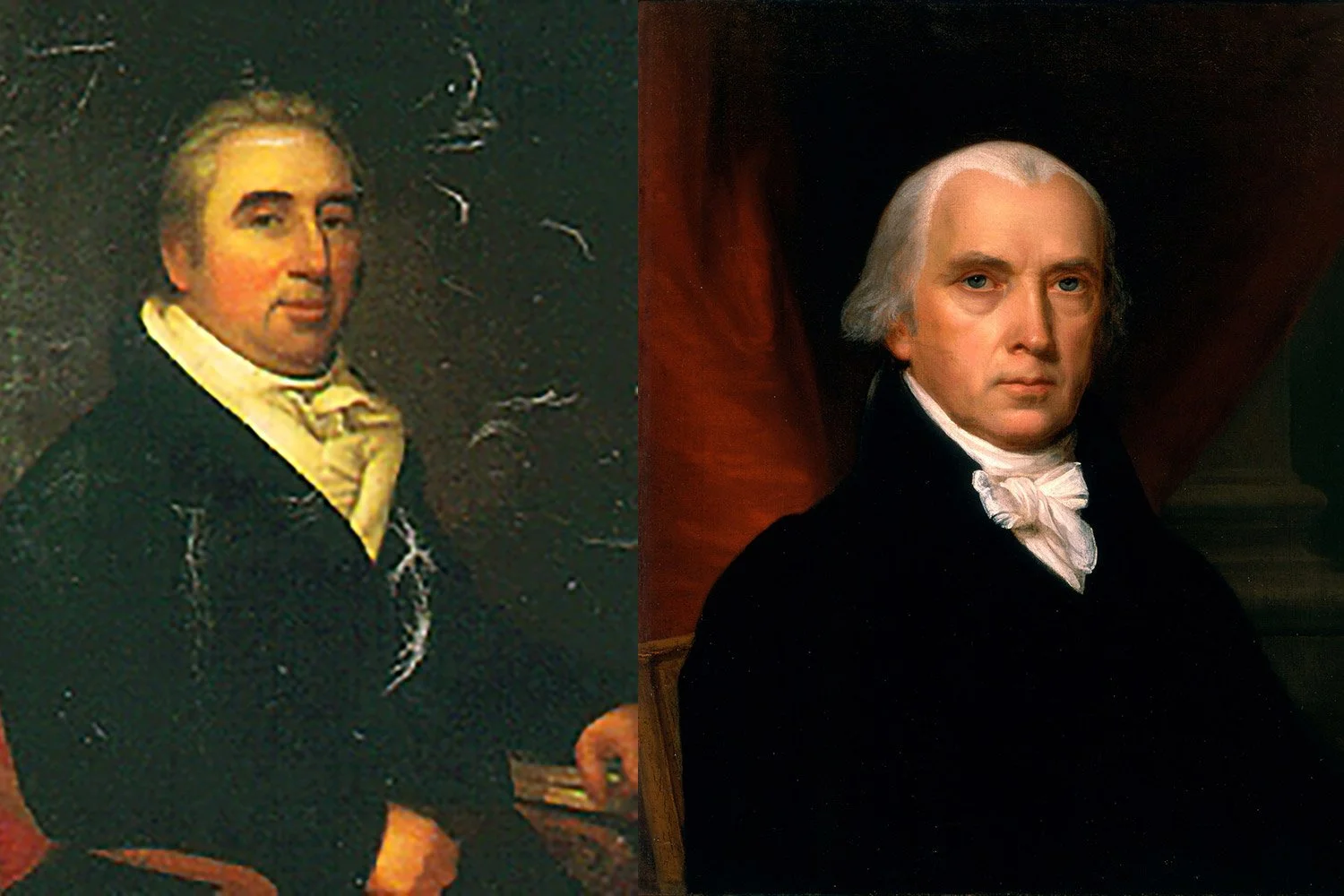
American Judiciary, Part 7: Marbury v. Madison
Marbury v Madison is the most consequential legal decision in our nation’s history because it established the concept of judicial review in the United States. This principal grants to the judiciary the responsibility to review laws for their constitutionality and gives it the power to void legislation it finds repugnant to the Constitution. That decision was rendered by John Marshall, Chief Justice of the Supreme Court in 1803, but the road to that decision extends further back.




